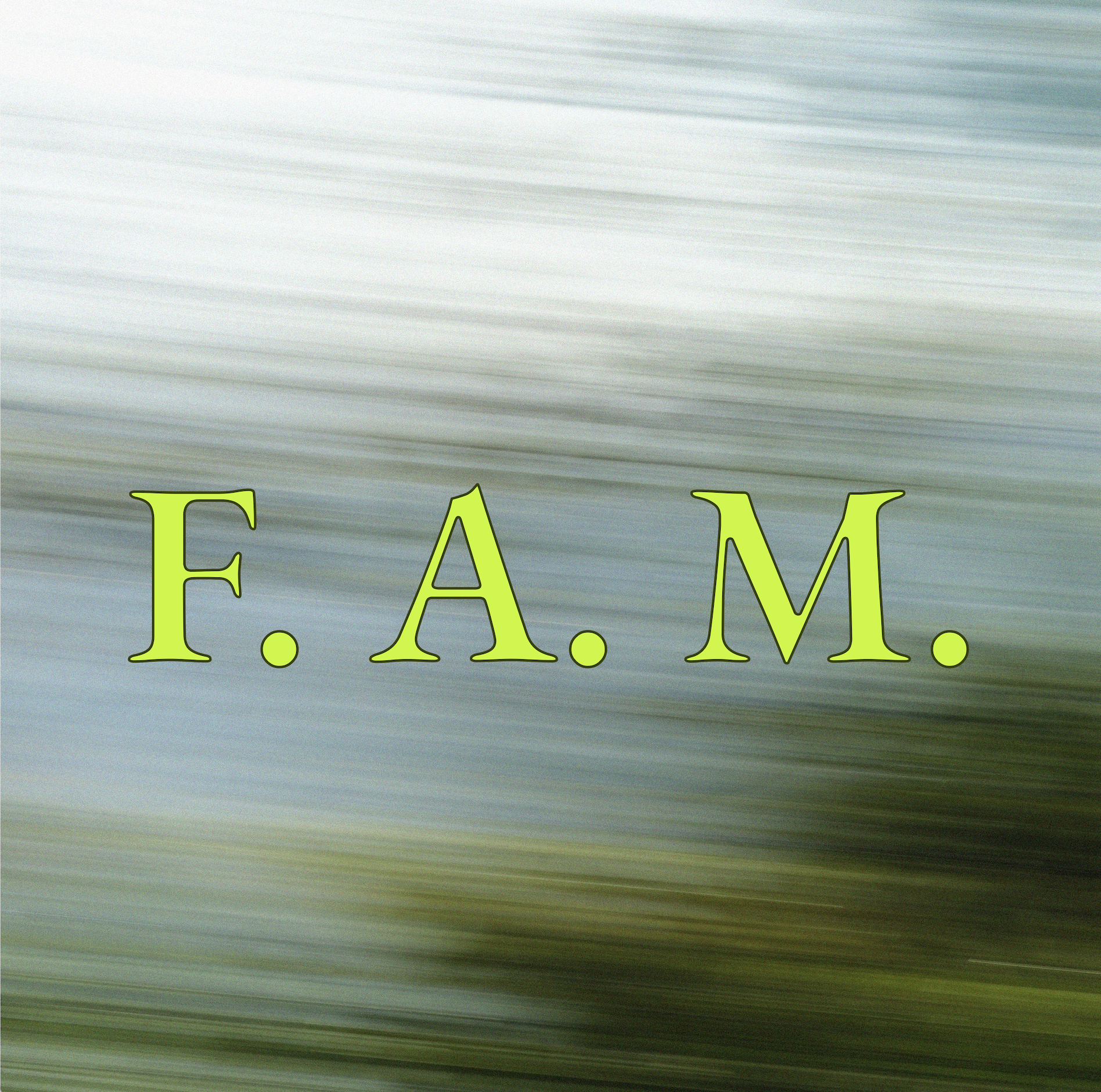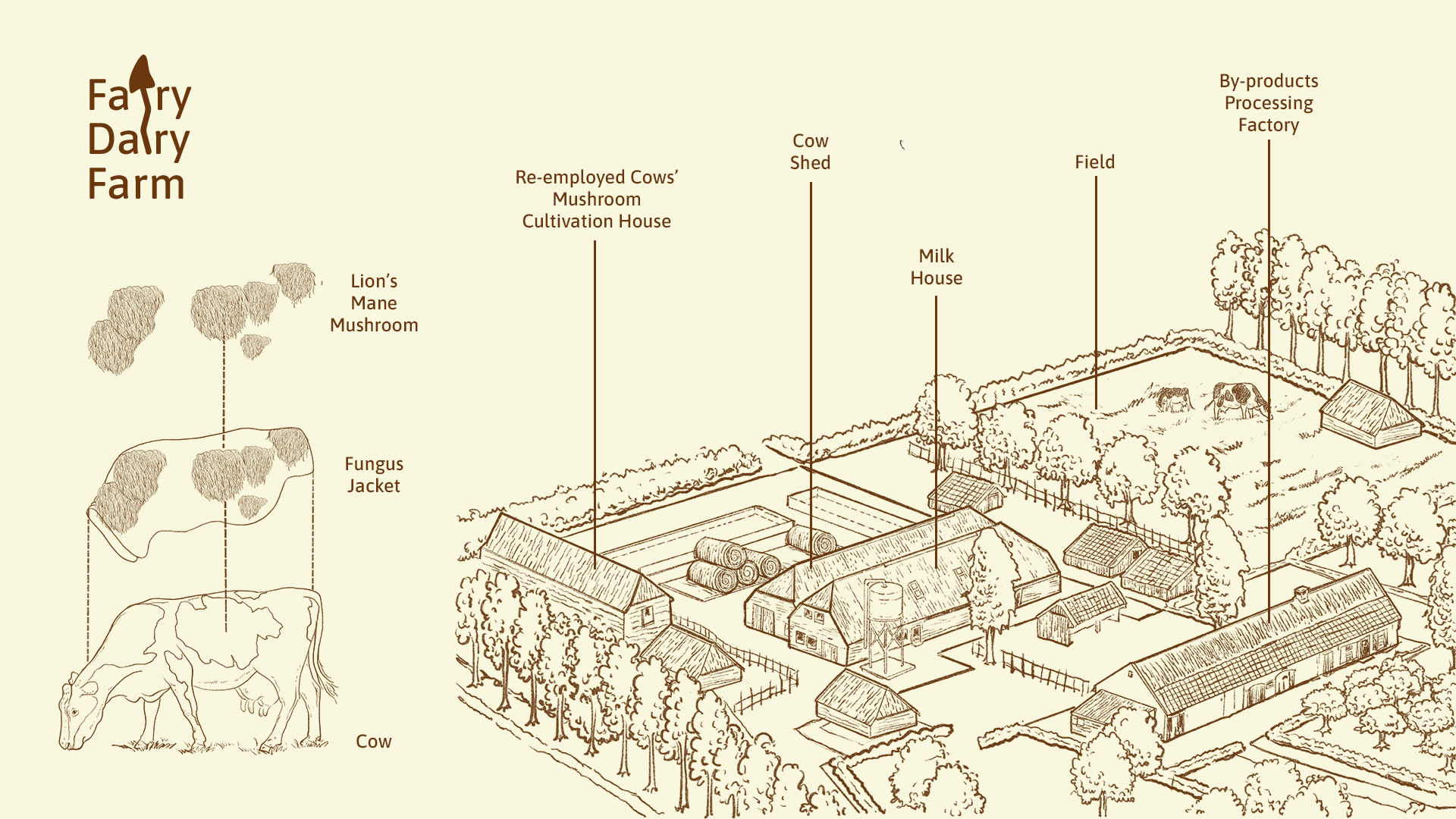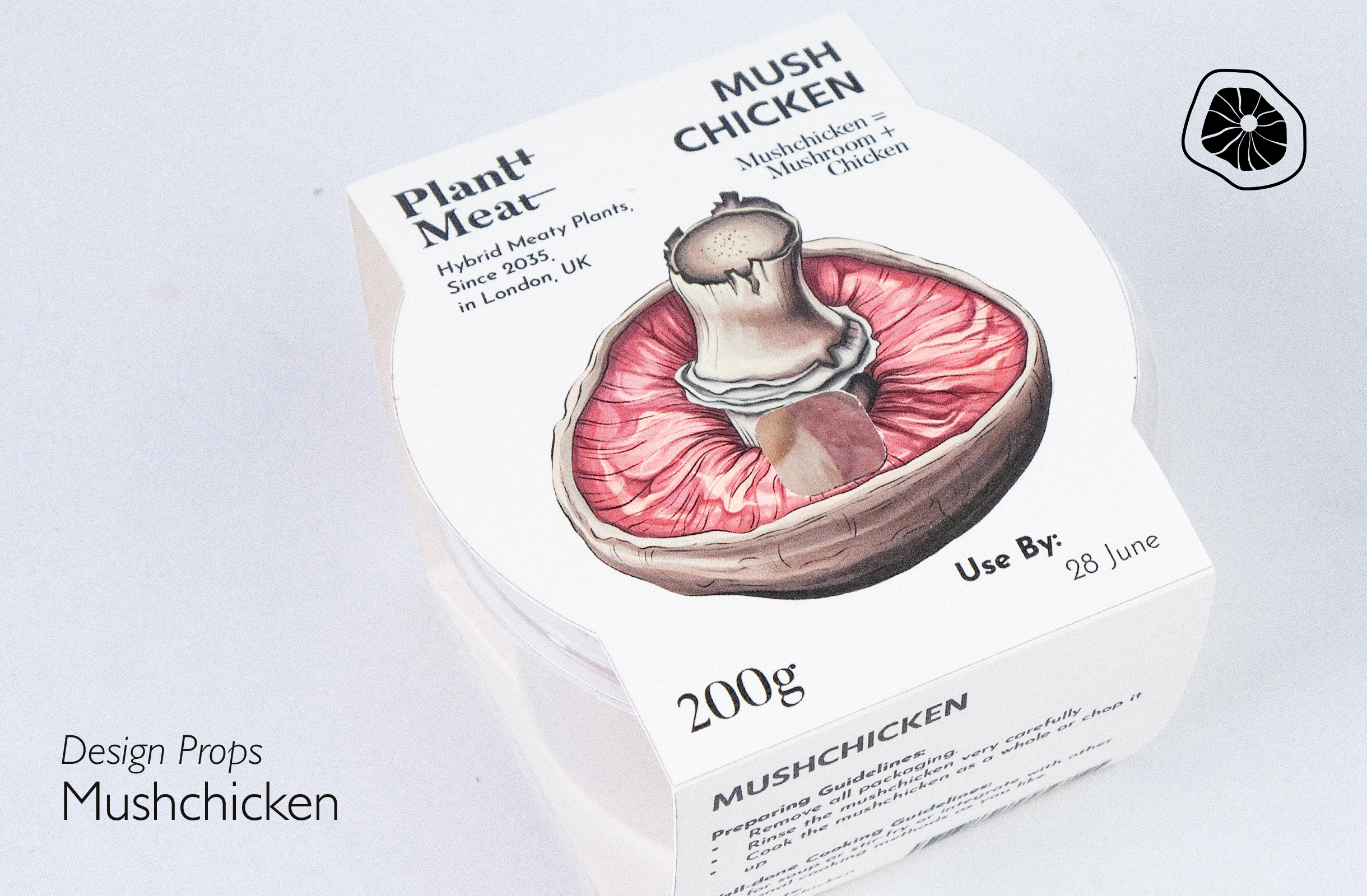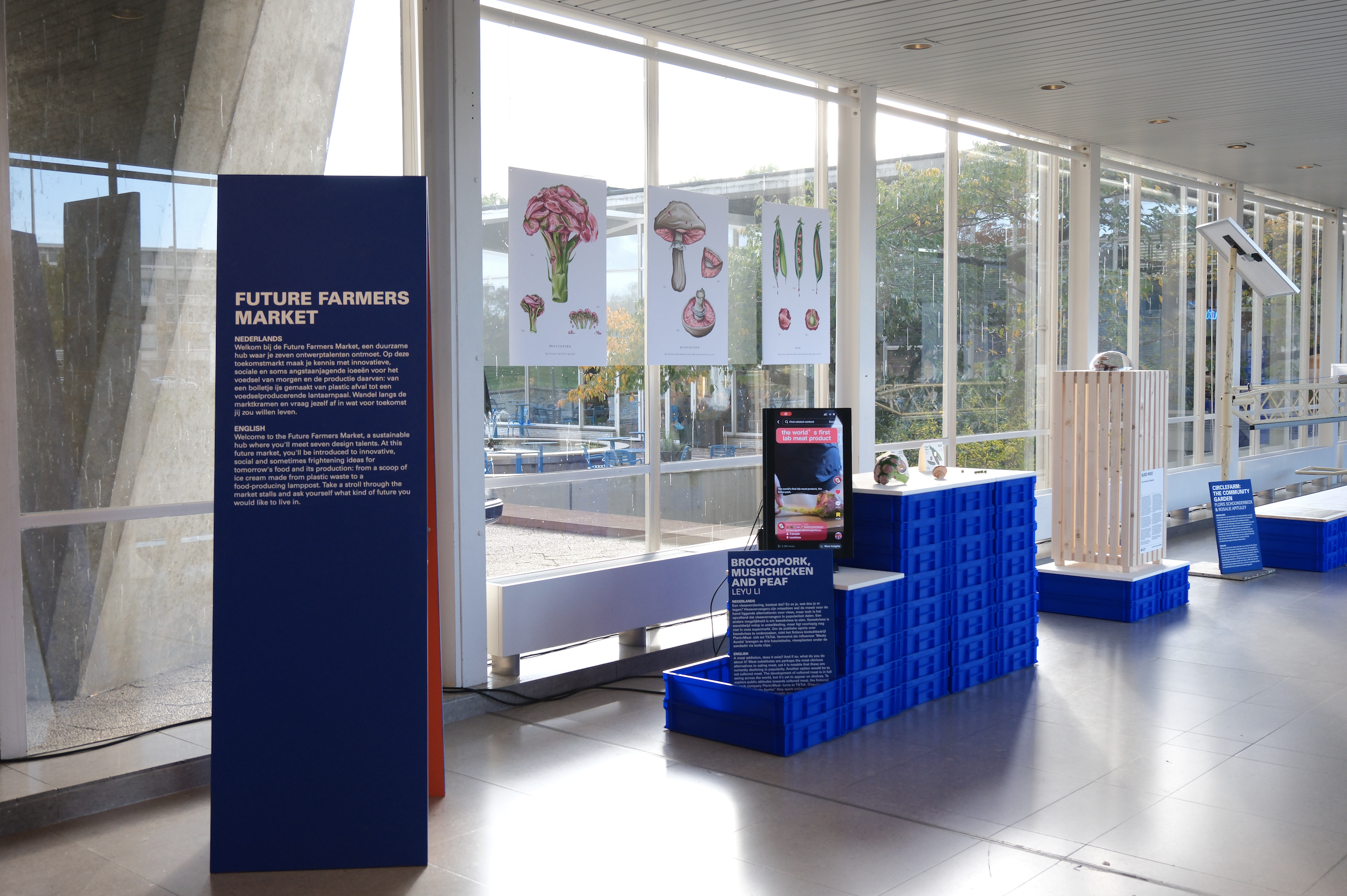F.A.M. Supper Club (2024 - Ongoing)

F.A.M. Supper Club (2024 - ongoing)
Food Design / Dining Experience Design / Table Setting Design
cM Donald’s 2.0 (2024)

cM Donald’s (2024)
Food Design (Fast Food) / Utensil Design / Burger Design
What if McDonald's is based on Traditional Chinese Medicine?
cM Donald's reimagines the McDonald's franchise through the lens of “Food as Medicine” based on Traditional Chinese Medicine.
cM Donald's embodies the concept of "Food as Medicine" from Traditional Chinese Medicine and other practices in Chinese culture (such as Feng Shui, Qi, etc.) to bring regimen and heterogeneity to the fast-food culture.
In this project, McDonald's is shifted from a restaurant that represents efficiency, calculability, and predictability to a place where people seek "Qi", balancing the quality of vital energy and pursuing every individual's compatibility with food. I've designed a series of menus, burgers, trays, and utensils.
The menus and burgers in cM Donald’s were connected with different pulse categories and the whole ordering system was redesigned. There are 28 kinds of pulse in total. I split those pulses into five types according to the three main food therapeutic principles deconstruct the current McDonald’s meal, label each ingredient with TCM features, and develop three forms of burgers, cooling, heating, and the BU(補) burger models. When people order food, they choose burgers and other foods that suit their health conditions based on their pulse type.
The design of the tray is inspired by the Feng Shui compass and keeps the essential components, like compass, diagrams and aesthetics. The concentric rings on the tray paper illustrate the relationship between the Qi, food and our bodies.
The burger and drinking utensils try to create a balance of Qi on the tray. The shape of the drinking utensil represents the river, whose nature is Yin. The burger utensil's shape means the mountain, whose nature is Yang. The patterns on the utensils are a series of combinations of traditional patterns and some original designs, which I extracted from the existing McDonald's visual languages and reinterpreted. The patterns for each type of burger vary based on the ingredients used in the burger itself. The utensils are made of green translucent acrylic material. On one hand, acrylic is a sustainable and recyclable material; on the other hand, choosing green matte acrylic aims to simulate the texture of jade, which is the key artistic medium in traditional Chinese culture.
以中医“药食同源”理论重新设计快餐厅
中医常讲: “药食同源,食为药补”。食物除了果腹,还可以使之为药,用以养生。
但是,在现代快节奏的生活和高压力的环境下,快餐往往成为人们就餐的首要选择。在快餐店的语境里,食物只是被高效标准化生产出的商品,快速消除食客饥饿的物质。而在后疫情时代,随着人们对于健康的注重和对饮食的要求提高,作为来自中国的食物设计师,Leyu 注意到中医食疗在这种社会背景下的现代应用意义。如果快餐店以中医食疗理论为内核,公众即可在快餐店通过食物进行养生。
在cM Donald’s项目中,Leyu 基于中医中的药食同源理念,从中医信仰体系出发,对快餐店给出了全新的诠释并进行重新设计。在这个设计项目里,快餐店的定义将从一个代表高效率、高标准化和一致性的餐厅转变为一个强调养生,食饮有节,阴阳平衡的场所。Leyu并为cM Donld’s 设计了菜单,汉堡,托盘和餐具。
重新设计过后的菜单将汉堡与不同的脉搏类别联系起来,并形成全新的点餐系统。中医理论中,脉搏共有 28 种。Leyu 根据三大食疗原则将这些脉象分为五类,并解构了当前的快餐餐点,为每种配料贴上中医特色的标签,并开发出三种形式的汉堡,即凉汉堡、热汉堡和“补”汉堡。人们在点餐时,会根据自己的脉搏类型来选择适合自己脉搏和身体状况的汉堡和其他食物。
托盘的设计灵感来自于风水罗盘。在其中间的同心圆纹样解释了按照中医理论食物食材和我们身体的对应关系。汉堡和饮料的餐具的形状代表着山脉和河流,分别象征着阳和阴。这样设计的日的是为了创造在托盘上的气的平衡。餐具的纹样根据中国传统纹样和现有的快餐店图案进行重新设计和组合。每种汉堡的餐具会根据汉堡本身的用料不同而样有所变化。餐具的材料是青绿色亚克力。一方面,亚克力是一种可持续重复利用的材料;另一方面,选取青绿色的亚克力是为了模拟玉器的质感。
Fairy Dairy Farm (2023)

Fairy Dairy Farm (2023)
Bio Design / Critical and Speculative Design / Social Media Art

Project website: https://fairydairyfarm.com/
Fairy Dairy Farm Project depicts a fictional urban dairy farm, Fairy Dairy Farm, which both saves cows from slaughterhouses and maintains the beef culture by growing mushrooms, a common beef alternative, on infertile and sterile cows.
This project proposes a tongue-in-cheek solution for cows, which will be sent to the slaughterhouse once they reach the end of their productive life or can no longer provide sufficient dairy products. Meanwhile, this solution also speculates an alternative method to make mushrooms taste more beef-like and produce beefier meat alternatives.
The project seeks to draw attention to cows' rights, discuss the ethics of the current dairy industry, and inspire collective imagination about meat alternatives by introducing Fairy Dairy Farm on social media. By doing so, I built an official website for this farm, designed a series of farm products, and communicated this speculative and experimental idea on social media.
At the level of visualisation and communication of speculations, generative AI techniques facilitate and empower the storytelling process. I experiment extensively with various AIGC tools and embrace the method as a powerful enabler in creating this project.

Broccopork, Mushchicken and Peaf (2023)

Broccopork, Mushchicken and Peaf (2023)
Bio Design / Critical and Speculative Design / Social Media Art
Credits:
Designer/Director: Leyu Li
Illustrator: Ola Maslyk
Actress: Maria Alpha
Printing: Zhang Kai
Settings: Chenyue Zhang
Scientific Consultancy: Hoxton Farms
PROJECT OVERVIEW
This project explores the potential public reaction to cultivated meat products in the future by introducing a set of fictional cultivated meat products on TikTok. The designed TikTok videos are intended to provoke debates, dialogues, and public discourse on the subject of lab-grown meat as if it has already arrived in our present reality.



BACKGROUND
The supermarket shelves today are already filled with plant-based meat. Cultivated meat is on the horizon. Currently, plant-based meat alternatives are often placed on a spectrum between plants and meat according to their similarity to meat. People share their plant-based food reviews everywhere and anytime on TikTok. This has made me curious about what reactions the population might have to cultivated meat products of the future. What debates, dialogues, and public discourse will occur when lab-grown meat becomes a reality? How will in-vitro biotech change people’s daily life and food culture?

MAKING THE UNREAL REAL,
INVITING THE FUTURE INTO THE PRESENT
I created a fictional biotech company called “Plant+ Meat-” and developed its brand identity and some discursive props. Delivery boxes and three fictional cultivated meat product props, Broccopork, Mushchicken and Peaf, were designed and created. I created a TikTok account called “Meaty Auntie” and conducted a series of short videos to introduce the three future hybrid meaty plants to the public in order to provoke discussion and dialogue about in-vitro meat and collect people’s feedback.
The reactions were diverse. People really believed it was a reality and expressed concern about this biotechnological development. I received accusations of satire, as well as requests to purchase the products. Surprisingly, even a food institutional manager reached out to ask me to give a commercial talk about Broccopork. Some people recognized the project as a fictional speculative design project. Many other TikTokers reposted and dueted with the videos, amplifying the reach.
I am still receiving notifications on social media and reactions to the fictional products I designed. Broccopork continues to generate discourse online about the future of meat products. So far, videos on TikTok have gained nearly 3 million views and thousands of comments and followers to the account.

SHAPING THE FUTURE OF FOOD
Why “Broccopork”, “Mushchicken” and “Peaf”? These fictional products, developed in consultation with cellular agriculture startup Hoxton Farms, these hybrid meaty plants are a speculation on cultivated meat products in the future. They were designed based on the current capabilities of tissue engineering. The plants’ surface works as scaffolding for the meat tissue cells to grow along their structures. The result is a captured existence of both meat and vegetables in the same product. The cognitive controversy and visual inconsistency stimulate the collision of different discussions and dialogues about meat, lab meat, plant-based meat and plants.
This project invites the future of meat into the present by way of social media to create a virtual space for discussion, reflection, and imagination of the future as if it is already here. These online public debates and conversations are shaping, fueling and navigating our collective imagination of the future of food.
Media & Press:
Dutch Design Week, “Broccopork, Mushchicken and Peaf”
https://ddw.nl/en/programme/9911/broccopork-mushchicken-and-peaf
Mold Magazine, "THE FUTURE OF CULTIVATED MEAT, NOW BROCCOPORK, MUSHCHICKEN, AND PEAF"
https://thisismold.com/process/manufacture/the-future-of-cultivated-meat-now
LS:N Global, The Future Laboratory, “Are hybrid meat-vegetables the future of cultivated meat?”
https://www.lsnglobal.com/article/view/30106#:~:text=Are%20hybrid%20meat%2D-,vegetables,-the%20future%20of
Dezeen, "Leyu Li proposes hybrid meaty vegetables by merging lab-grown meat with plants"
https://www.dezeen.com/2023/11/02/leyu-li-broccopork-mushchicken-peaf/
Next Nature, "Building the farm of tomorrow"
https://www.nextnature.net/magazine/visual/2023/ddw23-what-is-on-display
Next Nature, "Next Generation: Going viral with lab-grown meat and Leyu Li"
https://www.nextnature.net/magazine/story/2023/next-generation-going-viral-with-meat-plant-hybrids-and-leyu-li
In-Vase Meat (2023, Ongoing)

In-Vase Meat (2023, Ongoing)
BioArt and Design / Critical and Speculative Design
Collaborated with Shurong Yang
Proposal for Science Gallery Atlanta “THERMAL” open call
With the growing problems of climate change, environmental pollution and animal rights violations caused by traditional animal farming, Indoor Cellular Agriculture(ICA) systems are becoming a common way to produce home-cultivated meat in the kitchen as a laboratory in the future. In-vase meat is the meat produced by this kind of Indoor Cellular Agriculture.
The in-vase meat is cultured in a special Bio-vase, which is a derivative of indoor cellular agriculture. It is inspired by the traditional practice of kimchi pickling. In the Bio-vase, the surface of the vegetables is used as a biological growth scaffold, the vegetables are inverted and submerged in a cell-filled growth solution, which allows cells to grow along the surface of the vegetables.
This project depicts an alternative agricultural future where merges cellular cultivation and indoor farming together to reimagine not only the production and transportation of meat but an entire lifestyle. This has turned traditional kitchens into cultivated meat laboratories, replacing the industrialised farms of traditional animal husbandry. Meanwhile, the use of cultured meat biotechnology to produce meat products is more conducive to environmental sustainability and protects animal welfare, while meeting human demand for meat.




Copyright © 2024 Leyu Li